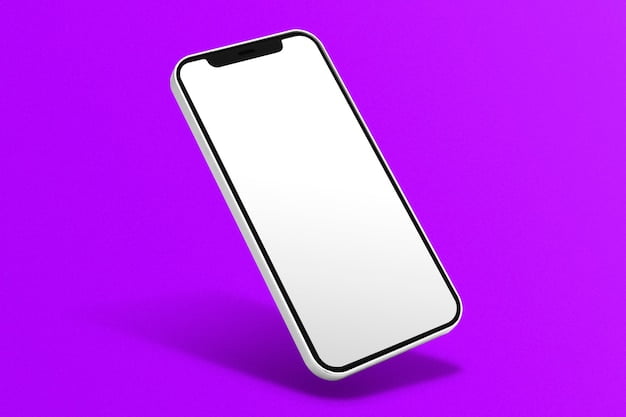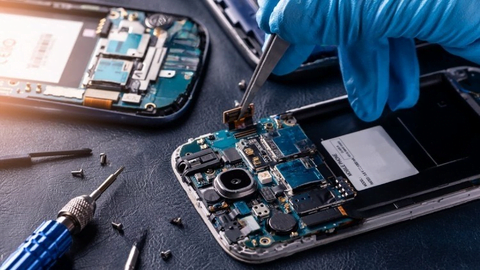
At a time when China’s OnePlus has lifted the ‘invite’ hurdle for its OnePlus One, and eager buyers, who were not able to access these earlier for want of invites, are looking to get hold of these devices, Asus’ Zenfone 2 could prove a worthy challenger.
Asus has just stepped up the heat, and has pitted the ZE 551 ML variant of its Zenfone 2 against the OnePlus One and other smartphones in the sub-Rs 25,000 price bracket.
For the uninitiated, Zenfone 2 has generated a lot of talk with its giant 4GB RAM. Its strength could be gauged from the fact that many struggled to get even their personal computer RAM enhanced to 4GB until a year ago. And today, as a smartphone priced under Rs 25,000 is sporting it, there’s no wonder that Asus has created some curiosity.
For a head-to-head comparison, the specifications of the Zenfone 2 seem to suggest Asus was specifically targeting the OnePlus One while doing the R&D (research & development).
Though comparing only the specifications may not be the best way to go about deciding which smartphone to buy — operating system, user interface and background apps are equally important — Asus has played on the specs, and seems to have got the strategy right. That it has a 4GB RAM and a greater internal storage (32GB compared with OnePlus One’s 16GB for the base model) gives the Zenfone 2 one up on OnePlus One.
Interestingly, the fight is more intense among the lower models for both brands. In the 64GB model, OnePlus One, in fact, is Rs 1,000 cheaper.
Design & display
You can either love or hate OnePlus One’s design. It sports a never-seen-before back panel with a sandpaper finish (which feels rough to some). By comparison, the Zenfone 2 has a curvy metal body with an ultra-smooth touch. Though it’s purely a matter of choice on this count, many might prefer the smoother finish.
As for display, the specifications of the two devices do not allow you to easily distinguish between pixel densities. Both OnePlus One and Zenfone 2 have huge 5.5-inch IPS displays, with full high-definition resolution and Corning Gorilla Glass 3.
RAM, processor and OS
When it comes to comparing smartphones, processor is easily the king, thanks to the variety of applications on multi-tasking that you do on your devices these days. While the Zenfone 2 promises a 64-bit 2.3GHz Intel Atom processor, the OnePlus One has a 2.5GHz quad-core Qualcomm Snapdragon 801 processor.
It will not be fair to compare the two on this count, but the quad-core processor is increasingly getting more popular, and most major manufacturers have been using this for their smartphones — Sony for the Xperia Z series, Xiaomi for the Mi4, LG for the G series, Oppo for its N7 and Google for its MotoX 2nGen, to name a few.
Again, given that the two phones have different CPU architectures, clock speeds, number of cores, and size of RAM, comparing them on these might be difficult. Most smartphones today have CPUs with more juice than required; the average customer does not have to worry. But the RAM becomes a major differentiator; if you are in the market for a new phone, a safe trick is to get bigger RAM.
While the Zenfone 2 runs on Android’s latest Lollipop offering, with the customised ZEN user interface, OnePlus One launched with a KitKat upgrade (the highest then) and is now upgradable to Lollipop. Worth mentioning here is that OnePlus’ Cyanogen Mod one is of its major highlights.
Camera
The Asus Zenfone 2 has a 13-megapixel auto-focus rear camera, and a five-megapixel fixed-focus front camera; ditto for the OnePlus One. Both phones are armed with cameras that have the PixelMaster technology. Till you use the two side by side, you might not be able to say one from the other in terms of picture quality. But, for the record, since OnePlus has sourced its camera from Sony, it might have that slight edge on paper.
Price
When deciding to buy a new phone, price often is a major determinant. But here, between Zenfone 2 and OnePlus One, there is very little price difference. For the 16GB and 64GB models, OnePlus One costs exactly Rs 1,000 less.
At the time of its launch, and because of the cumbersome method for access, the TIME magazine had projected OnePlus One as a “phone of dreams… you can’t get”. Now that the company has allowed open sale, the “inaccessible phone” now has some stiff competition from Asus’ latest offering, and a possible launch of Xiaomi’s Note Pro.
[“source-business-standard”]




